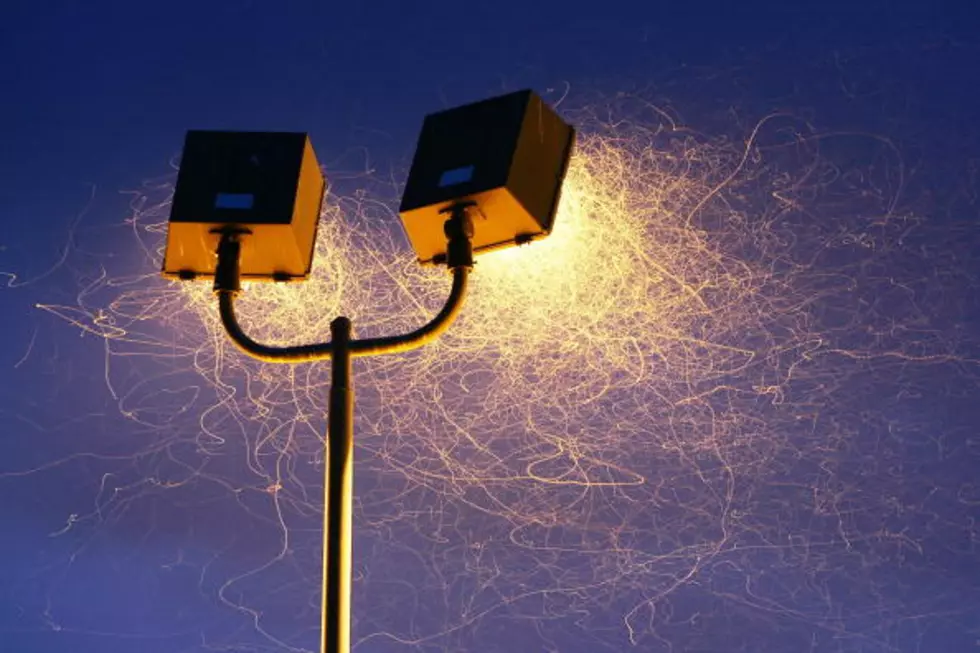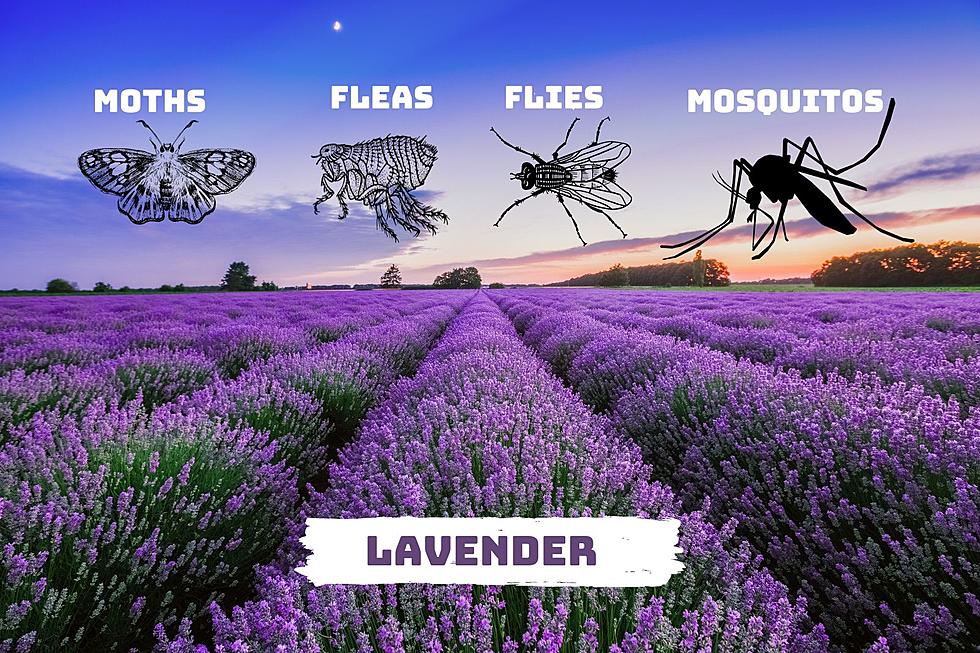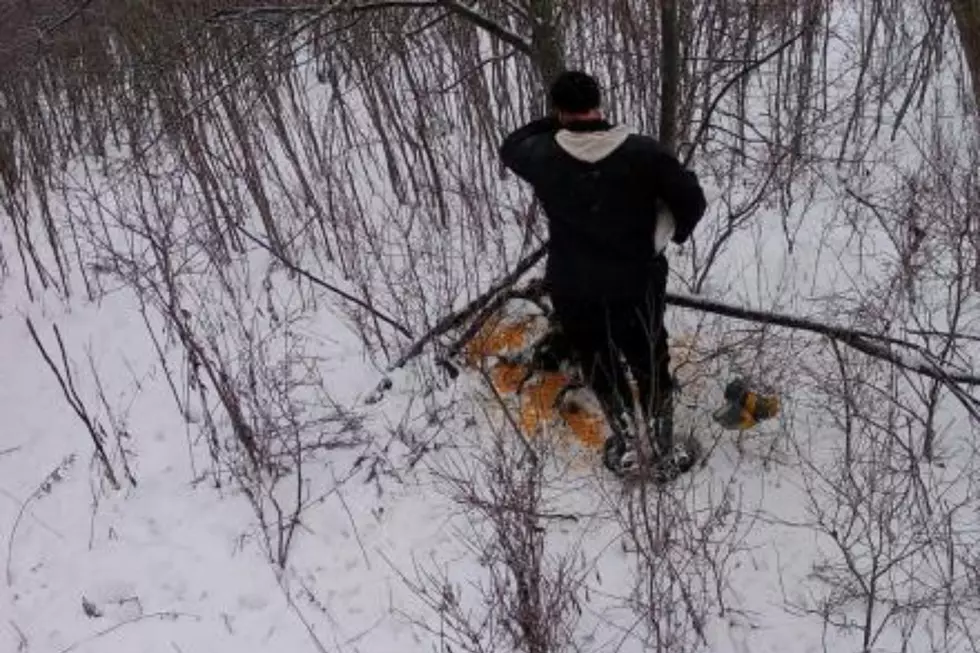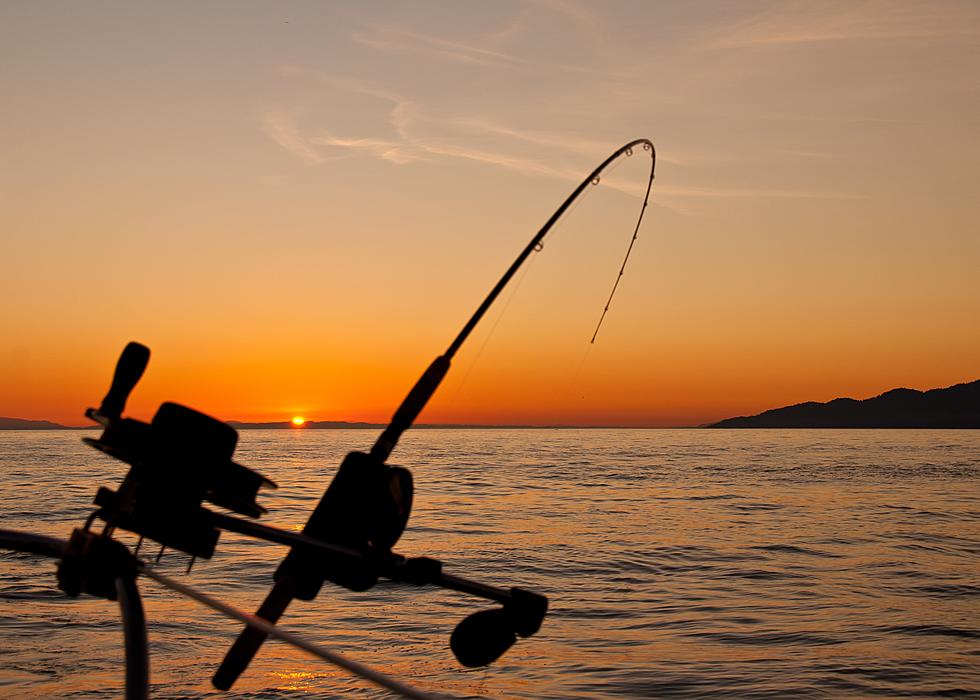
Easy Ways To Save Money On Outdoor Lighting – AG Matters
With our clock change and the sun rising later and setting earlier, outdoor lighting is at it's maximum use. Mary Wrege with Cornell Cooperative Extension has some tips on getting the most light for your buck.
Mary spoke with her counterpart at the University of Wisconsin who had some insights on farmyard outdoor lighting. There are several things to consider; the light bulb itself, sensors, controllers and time clocks.
Lights- Many farms have a yard light at a central location on the farmstead. These lights are turned on by a photo-control and operate on a year round basis for an average of 12 hours per day. A large proportion (about 30% or more) of the light from a typical yard light never makes it to the intended target; the light goes up or sideways. If a fixture is used with a full cut-off parabolic reflector such as the Hubbell Skycap or a GE Sky Guard, 47% more light will make it to the ground, which means the fixture could be replaced with a lower wattage lamp and still maintain the same amount of illumination of the target area. If the lamp type was changed from a mercury vapor (MV) to a high pressure sodium (HPS) or metal halide (MH) lamp, the wattage could be reduced further because these lamps emit more lumens per watt. The typical 175-watt MV yard light uses about 200 watts when the ballast losses are included which amounts to 876 kWh of electricity per year or $75 per year cost at $0.085/kWh. If the MV lamp fixture is replaced with a 70-watt HPS fixture with a full cutoff reflector, the operating cost would be reduced to $39 per year. The cost of the fixture is estimated at $80 - $100 for a 3.3 to 3.8 year payback with a $50 installation cost included.
Lighting Controls- There are several technologies that can be used to control lights, like the half-night lighting photo-controller In many cases, lighting is not necessary in the early morning hours as there is little animal or people activity. If this is the case, the dusk to dawn photo-controller that comes with a yard light can be replaced with a half-night lighting photo-controller. The half-night controller measures the night length every night and switches the light off half way through the night, saving half the electricity and reducing light pollution. Based on the energy cost savings, the payback on the $50 investment for retrofitting a 175-watt mercury vapor yard light with a half night photo controller is about 1.5 years. The controller has a rated life of 13+ years. The DPN half-night photo sensor is manufactured by Thomas and Betts and will likely have to be ordered from an electrical supply distributor (Part number: DPN 124 2.6 TMGN). It will not likely be available from your local hardware or building supply store.
Motion detector and a halogen lamp, if a yard light's purpose is for security or to light an area used for short term activity such as walking between buildings, a halogen lamp and motion detector will provide light when needed for a few dollars per year. If security is the major concern, motion sensors can be installed in parallel to target many different areas. Lights can be wired so if motion is detected, numerous lights can be illuminated at once, surprising an intruder. This type of lamp is available at most electrical and building supply outlets. If normal activity would cause the halogen lamp to operate more than 30% of the night hours, an high pressure sodium HID lamp operating all night would be more cost effective.
Time clock, A time clock can be an effective control device especially when light requirements are at hours other than the first half of the night or the light requirement would not lend itself to the use of a motion sensor. Lighting around farm buildings during evening and early morning chore times would be an example of a good use of a time clock to control lights where other controls would not be flexible enough or cost more to operate.
Photo-sensors are currently used with most yard lights to turn them on at dusk and off at dawn. They are also useful when used in conjunction with a time clock. An example of this combination would be used to control lighting for long day lighting of dairy cows. The photo-sensor would turn the freestall barn lights on at dusk and the time clock would turn the lights off at some point in the night and back on early in the morning before sunrise. The photo-sensor would then turn the lights off once there was some minimum level of daylight.
Get more tips on economical lighting at the University of Wisconsin website.
SOURCE: Cornell Cooperative Extension
More From Big Frog 104









